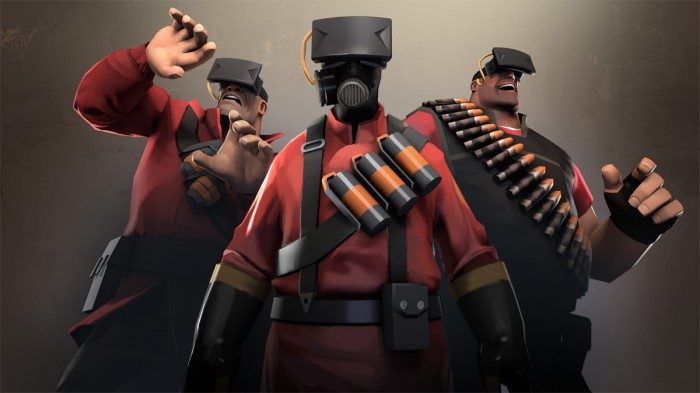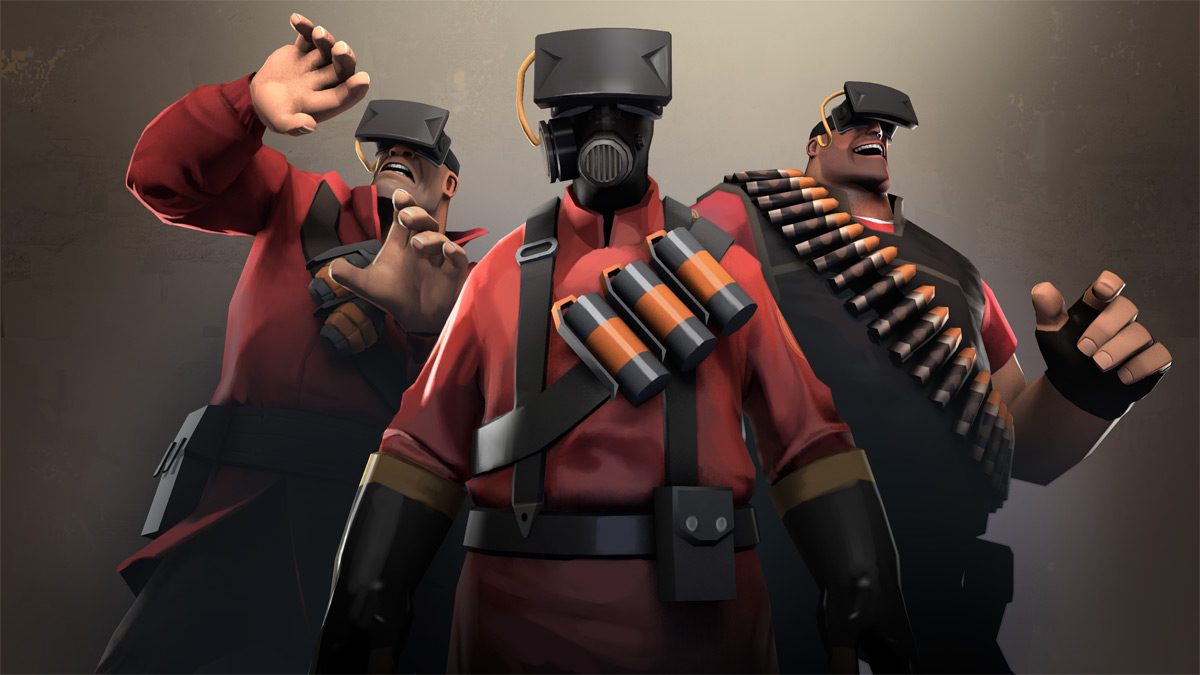Valve isn’t holding another Steam Dev Days this year, a developers conference organized by the company in 2014. Instead they seem to be focusing their developer outreach energy on March’s rapidly approaching Game Developers Conference in San Francisco. Alex Vlachos, a senior graphics programmer at Valve, is going to be sharing some hard-earned wisdom about advanced graphical rendering in VR drawn from experience with their in-house VR headset prototypes.
Listen to this story (experimental):
GDC is a veritable who’s who of game devs, and not only offers developers a chance to network and make a name for themselves in the gaming world, but it’s also a valuable time to learn about new technologies in the field of game design and how to best implement them. And with 2015 shaping up to be the year that VR finally traverses the perilous chasm standing between VR devkits and the much awaited consumer-grade models, leaders in the sector are trying to put game development on the fast-track.


Alex Vlachos, a senior programmer most recently known for Valve’s Counter-Strike: Global Offensive (2012), Portal 2 (2011), and Left 4 Dead 2 (2009), is going to be talking about some fundamental requirements of rendering for consumer-grade VR in his presentation on March 4, entitled ‘Advanced VR Rendering‘. Vlachos is also putting special focus on advanced themes, detailing techniques to enhance visual quality and performance in VR likely related to the difficulties in developing for the yet unspecified high resolution displays soon to come.
With the promise of new hardware deemed slick enough for the masses, Valve says devs will soon be expected “to shade over 4 million pixels per frame at a minimum of 90 fps.” The higher specs might also help compensate for image stretching, a necessary process that leaves some parts of the image at a perceptibly lower quality when fitting them to the wide field of view associated with stereoscopic displays.
Other topics in the presentation will include:
- efficient stereo rendering
- reducing rendering latency
- saturating the GPU despite synchronization points
- reducing pixel cost for low-priority pixels, specular anti-aliasing
- constrained anisotropic lighting
- various tips and tricks relating to performance and quality
Valve maintains that their ‘head start’ in the field of VR game development is due to their experience with their VR headset prototypes that are “more advanced than other developers currently have access to,” which means they actually have a pretty unique inside look at both game and hardware development for VR. But if you’re expecting any information regarding their polka dot prototype VR headset, last seen in June at the Boston VR Bender, let’s just say we have our reservations.
Game Informer reports that Valve will be continuing to push their line of Steam Machines “front and center” at GDC 2015, so it may be that they’re busy making renewed commitments to getting SteamOS, their operating system centered entirely around gaming, into the living room than showing off anything VR-related. Worth mentioning is the fact that Valve’s showroom footprint has also diminished in size since last year’s GDC, going from a single 60×60 space, down to two spaces of a combined square footage of 40×40—something we’re not sure how to address considering the loss of this year’s Steam Dev Days.
Road to VR will be attending GDC 2015, and reporting on this talk and everything else VR-related.


